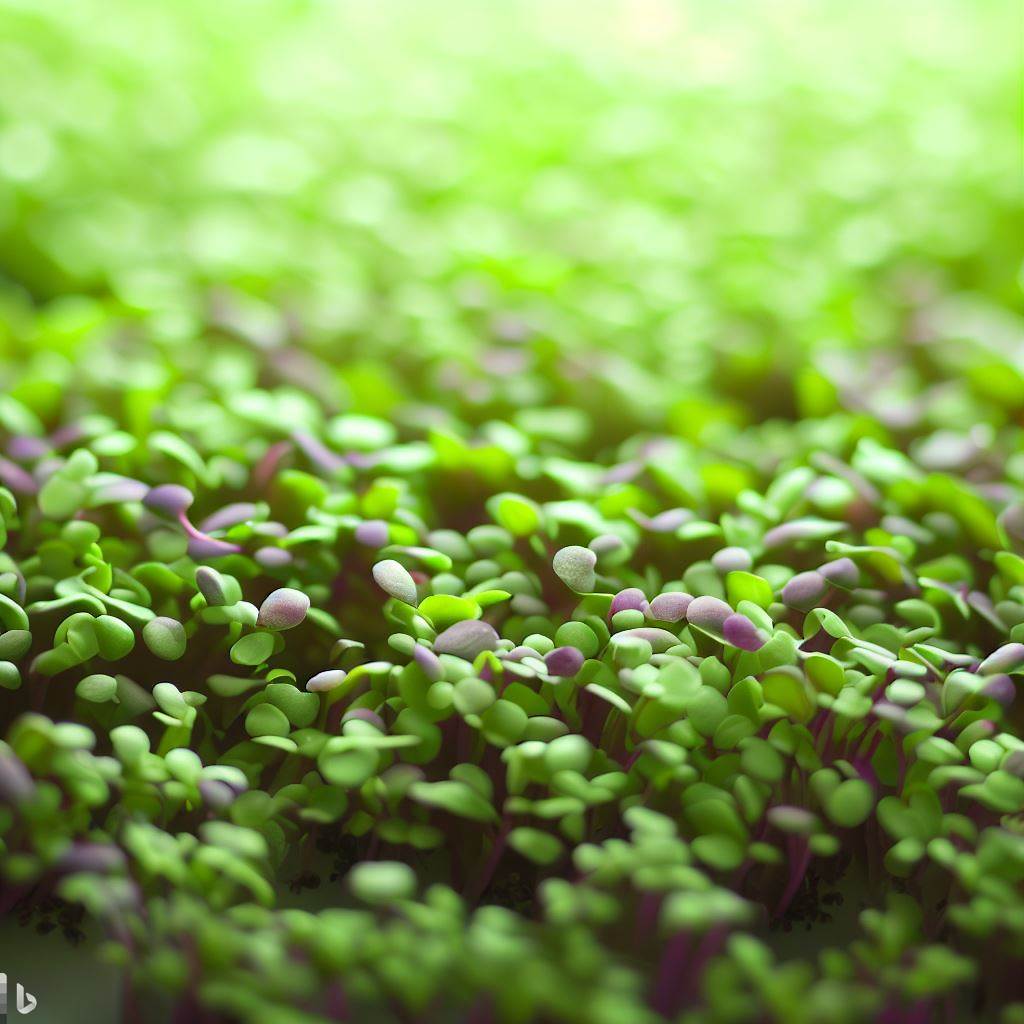Farming of Paulownia
Paulownia or Polonia is the fastest growing tree in the world. The most expensive wood is obtained. (growth) A Paulownia tree grows up to 15 feet per year and reaches 50 feet in 10 years. When the Paulownia tree flowers, the whole tree looks like a bouquet. Paulownia was named after a Russian princess, Anna Paulownia . Paulownia tree has the ability to withstand double the severity of weather compared to other common trees. Polonia wood is light in weight, so Paulownia is called aluminum wood.
Paulownia is a native tree of Japan which is also being cultivated on a large area in Korea and China. Paulownia is also cultivated in northern Laos, Vietnam and East Asia.
Polonia wood is used in furniture, toys, building construction, musical instruments and plywood. The roots of the pulonia tree are very long, so strong winds do not harm it, because the pulonia tree is also flexible, it bends down in wind and strong winds and is protected from breaking.
Verities:
: 9501 ،، 2001 ،، TOMENTOSA,,
ELONGATA,, SHUNTING
Scientific name
Paulownia Tomentosa
Common Name
Princess tree , empress tree or Foxglove tree.
Genus
Paulownia, siebold, zucc
Order
Lamiales
1. Understanding Paulownia
Paulownia, scientifically known as Paulownia spp., belongs to the family Paulowniaceae. It comprises approximately 17 species of deciduous trees and shrubs native to China, but they are now cultivated in many other parts of the world. The most commonly grown species are Paulownia tomentosa, Paulownia elongata, and Paulownia fortunei.
2. The History and Origins
Paulownia has a rich history dating back centuries. It was first discovered in China during the Tang Dynasty and was named after Anna Paulowna, a Russian Grand Duchess. The tree’s exceptional properties and versatility led to its cultivation spreading to Japan, Korea, the United States, and Europe. Today, it can be found in various countries across the globe.
3. Distinctive Features
Paulownia trees are known for their large, heart-shaped leaves, which can grow up to 14 inches in diameter. The flowers are bell-shaped and display stunning shades of purple, lavender, or white, depending on the species. Additionally, the bark of mature Paulownia trees exhibits a distinctive grayish-brown color, adding to its visual appeal.
4. Rapid Growth and High-Yield Potential
One of the most remarkable characteristics of Paulownia is its rapid growth rate. It has gained a reputation as one of the fastest-growing trees globally, with some species capable of growing over 15 feet in a single year. This fast growth, coupled with its ability to regenerate from cuttings, makes Paulownia an excellent choice for timber production and reforestation efforts.
5. Ecological Benefits of Paulownia
Paulownia trees offer several environmental advantages. Their extensive root systems help prevent soil erosion and enhance water absorption, making them valuable in watershed restoration projects. Furthermore, Paulownia trees have a high carbon sequestration capacity, making them effective allies in combating climate change.
6. Applications in Agriculture and Forestry
The rapid growth and versatile nature of Paulownia make it suitable for various agricultural and forestry applications. In agriculture, it can be used as a windbreak to protect crops from strong winds, as a shade tree for livestock, or as a source of biomass for energy production. In forestry, Paulownia is often grown for its high-quality timber, used in construction, furniture making, and other woodworking industries.
7. Paulownia in Construction and Furniture Making
Paulownia wood possesses exceptional characteristics that make it highly sought after in the construction and furniture industries. It is lightweight yet strong, resistant to rot and decay, and possesses a beautiful grain pattern. These properties make Paulownia wood ideal for crafting furniture, cabinetry, musical instruments, and even surfboards.
8. Paulownia in the Textile Industry
Beyond its applications in construction and furniture making, Paulownia has found its way into the textile industry. The long fibers found in the tree’s bark can be transformed into a soft, breathable, and eco-friendly fabric. Paulownia fabric has gained popularity as a sustainable alternative to traditional textiles, offering excellent moisture-wicking properties and hypoallergenic benefits.
9. The Medicinal Properties of Paulownia
In traditional medicine, various parts of the Paulownia tree have been used for their therapeutic properties. The leaves and bark contain compounds that exhibit antimicrobial, anti-inflammatory, and antioxidant effects. Additionally, extracts from Paulownia have shown potential in treating respiratory conditions, promoting liver health, and aiding in wound healing.
10. Paulownia as an Ornamental Plant
With its stunning flowers and attractive foliage, Paulownia is widely used as an ornamental plant in gardens and parks. Its ability to grow rapidly and provide ample shade makes it an excellent choice for landscaping. Furthermore, Paulownia’s captivating blooms, which typically appear in spring, add a touch of elegance to any outdoor space.
11. Cultivation and Maintenance
Cultivating Paulownia requires careful consideration of specific factors. The tree thrives in well-drained soils, and while it can tolerate various climates, it prefers regions with mild temperatures. Pruning is necessary to shape the tree and encourage lateral growth. Regular maintenance, including irrigation and weed control, is crucial during the early stages of growth.
12. Challenges and Considerations
Despite its many benefits, Paulownia cultivation comes with certain challenges. The rapid growth can lead to invasive tendencies, especially in regions with favorable conditions. It is essential to monitor and control its spread to prevent ecological disruptions. Additionally, Paulownia trees are vulnerable to some pests and diseases, necessitating proper care and preventive measures.
13. The Future of Paulownia
As awareness of sustainability and environmental concerns continues to rise, Paulownia holds significant promise for the future. Its ability to mitigate climate change, provide renewable resources, and support local economies positions it as a valuable tree species for various industries. Continued research and responsible cultivation practices will be essential to unlock the full potential of Paulownia.
Conclusion
Paulownia stands as a testament to nature’s marvels, showcasing rapid growth, ecological benefits, and multifaceted applications. From its historical roots to its present-day prominence, this versatile tree has captured the attention of many. As we navigate the challenges of the modern world, embracing the possibilities that Paulownia offers can lead us towards a more sustainable and prosperous future.
Frequently Asked Questions (FAQs)
Q1: How long does it take for Paulownia trees to reach maturity?
A1: Paulownia trees typically reach maturity in around 5 to 7 years, thanks to their rapid growth rate.
Q2: Is Paulownia wood suitable for outdoor furniture?
A2: Yes, Paulownia wood is naturally resistant to rot and decay, making it a viable choice for outdoor furniture.
Q3: Can Paulownia be grown in colder climates?
A3: While Paulownia can tolerate awide range of climates, it prefers regions with milder temperatures. However, with proper care and protection, it can be cultivated in colder climates as well.
Q4: Are there any specific maintenance requirements for Paulownia trees?
A4: Regular maintenance is crucial during the early stages of growth. This includes proper irrigation, weed control, and pruning to shape the tree and encourage lateral growth.
Q5: What are the ecological benefits of Paulownia?
A5: Paulownia trees have extensive root systems that help prevent soil erosion and enhance water absorption. They also have a high carbon sequestration capacity, aiding in the fight against climate change.






